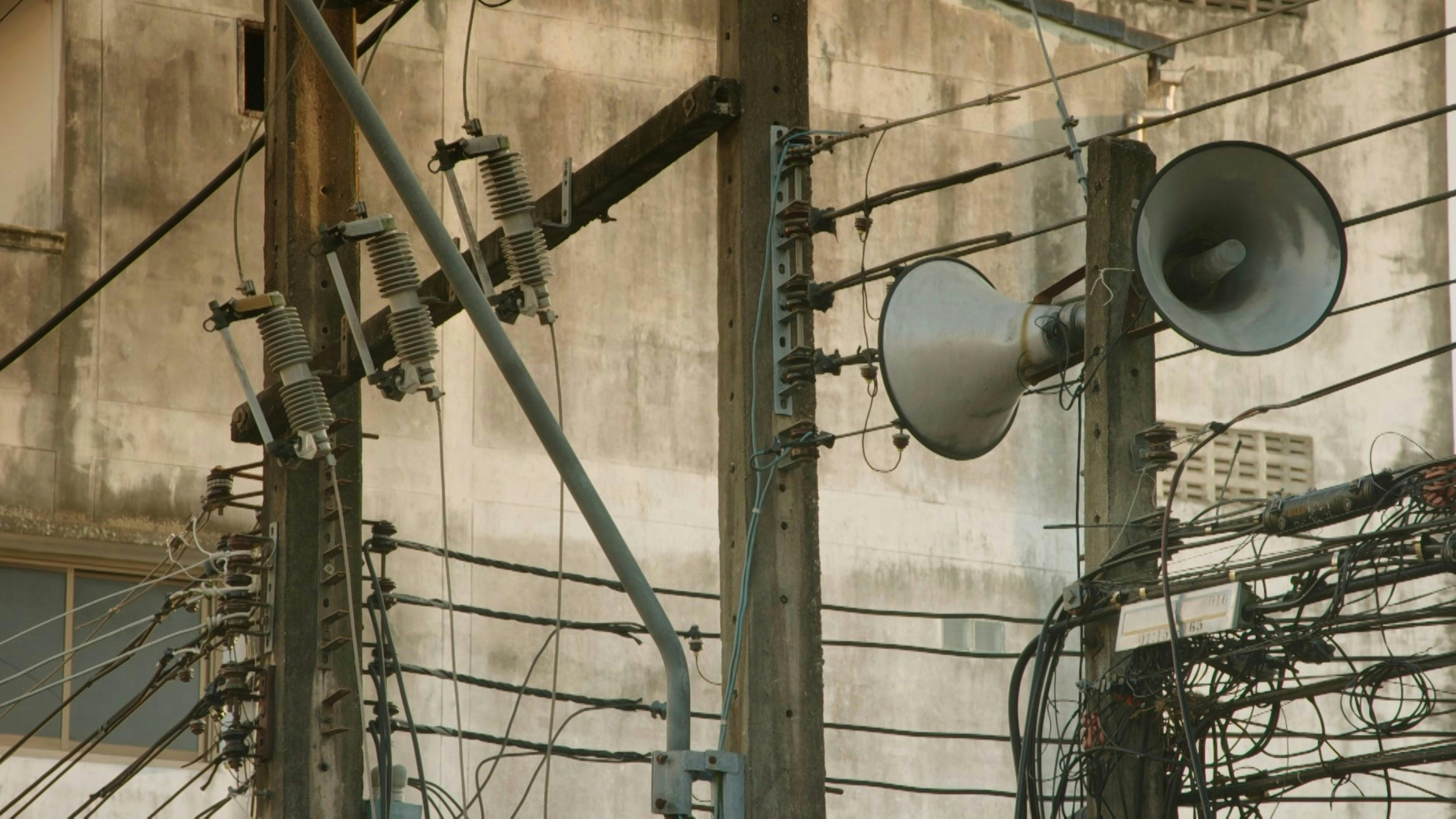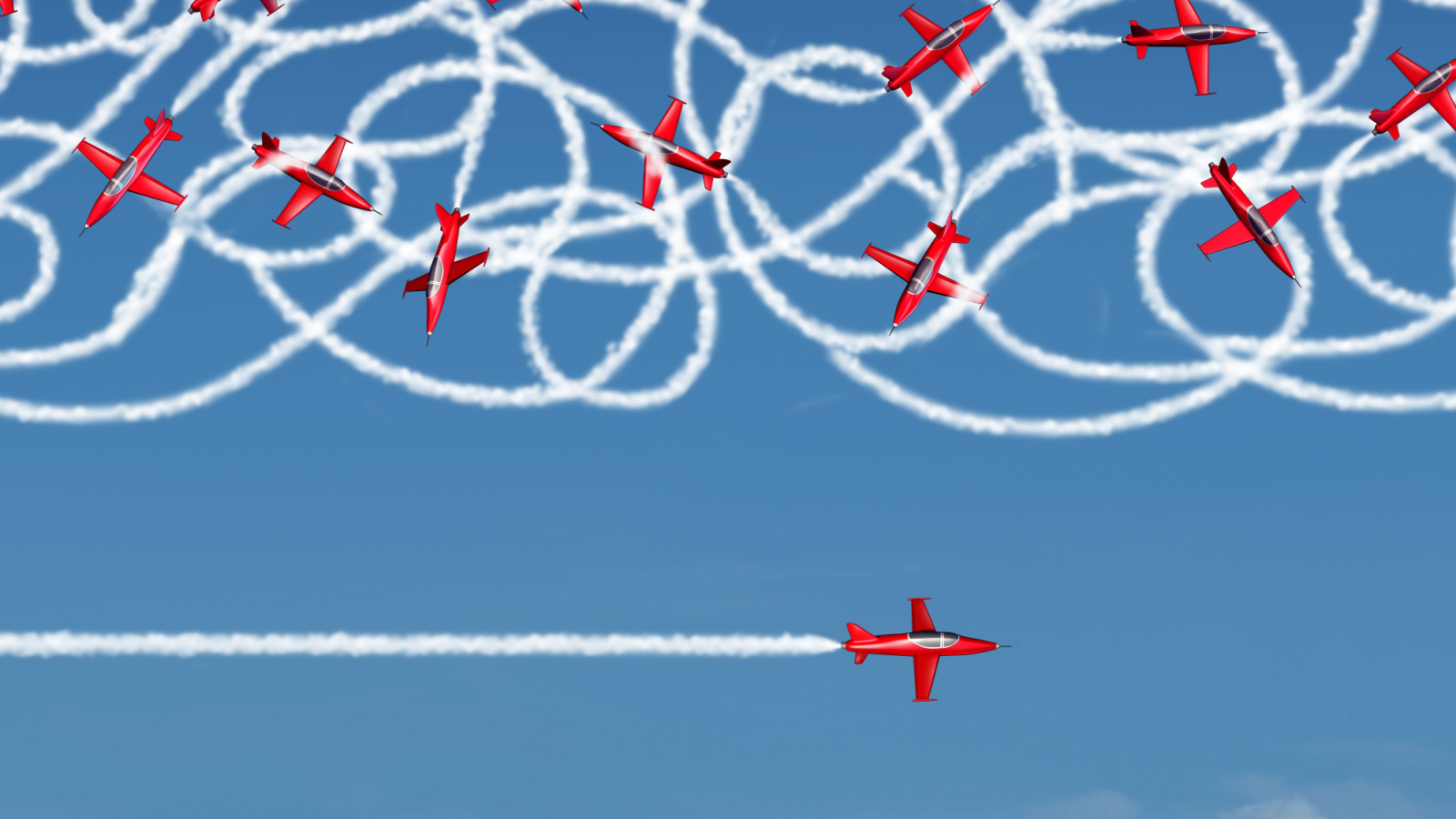ENGINEERS are one step closer to supersonic travel after NASA’s “sonic thump” aircraft completed its maiden flight.
Dubbed the “Son of Concorde,” the X-59 took off from Edwards Air Force Base in California on Tuesday morning, with thousands of aviation enthusiasts tracking its progress online.
During the hour-long test, the aircraft flew in an oval racetrack pattern at around 240 miles per hour.
This is well below its top speed of Mach 1.5, or roughly 925 miles per hour.
Future tests will push the plane to its limits as NASA gathers crucial data on how it handles at supersonic speeds.
Unlike Concorde, which shook buildings with its ear-splitting sonic booms, the X-59 has been designed to break the sound barrier with only a muted “sonic thump.”
The sound has been compared to the gentle slam of a car door across the street.
Project manager Lori Ozoroski explained: “The sound level is more like – we’ve done studies – it’s more like a car door closing, you know, across the street at your neighbour’s house rather than the very loud typical sonic boom.”
NASA engineer Shedrick Bessent said that the first flight provided a wealth of information for the team to analyse.
“We record 60 different streams of data with over 20,000 parameters on board,” he said.
“Before we even take off, it’s reassuring to know the system has already seen more than 200 days of work.”
Built by Lockheed Martin for NASA, the single-seat aircraft is not intended as a commercial prototype but as a testbed to gather data for future passenger jets.
It weighs in with a 600-pound payload and requires around 8,700 pounds of fuel.
Its purpose is to help engineers develop new standards for quieter supersonic travel over land – something banned in the United States since 1973 after residents filed thousands of noise complaints during sonic boom tests over Oklahoma City.
In a move to revive supersonic innovation, President Donald Trump issued an executive order arguing that advancements in noise reduction had made such flights “safe, sustainable, and commercially viable.”
He said, “For more than 50 years, outdated and overly restrictive regulations have grounded the promise of supersonic flight over land, stifling American ingenuity… and ceding leadership to foreign adversaries.”
The X-59 represents a major step toward restoring that leadership.
It will eventually be flown over select U.S. communities to collect feedback from residents on their experience of the aircraft’s subdued “sonic thump.”
The data will then be shared with the Federal Aviation Administration and international regulators to inform future noise standards and pave the way for commercial supersonic travel.
In theory, the technology could cut flight times dramatically – allowing a plane to travel between New York and Los Angeles in under three hours, almost half the time it takes today.
The aircraft is currently undergoing testing at the U.S. Air Force Plant 42 in Palmdale, California, where engineers continue to monitor its safety systems.
In July, it completed successful low-speed taxiing tests, moving under its own power for the first time.
“These checks help ensure the aircraft’s stability and control across a range of conditions, giving pilots and engineers confidence that all systems are functioning as expected,” NASA explained.
Before the maiden flight, maintenance teams conducted critical hydrazine safety checks at the facility.
Hydrazine, a highly toxic chemical used in the plane’s backup engine restart system, can cause severe burns and respiratory damage if mishandled.
Once these tests were cleared, the X-59 was declared ready for launch.
NASA hopes its sharp nose and long, slender wings will disperse shockwaves into smaller ripples, preventing the huge, ground-shaking blasts that defined Concorde’s supersonic era.
FOOTBALLER GONE
Football League star tragically dies aged just 42 after cancer battle

CHA-CHA-CHAOS
Strictly’s Amber Davies breaks silence after pro Nikita pictured kissing her
If successful, the project could mark the beginning of a new chapter in aviation.
One where passengers once again fly faster than sound, but this time in near silence.










